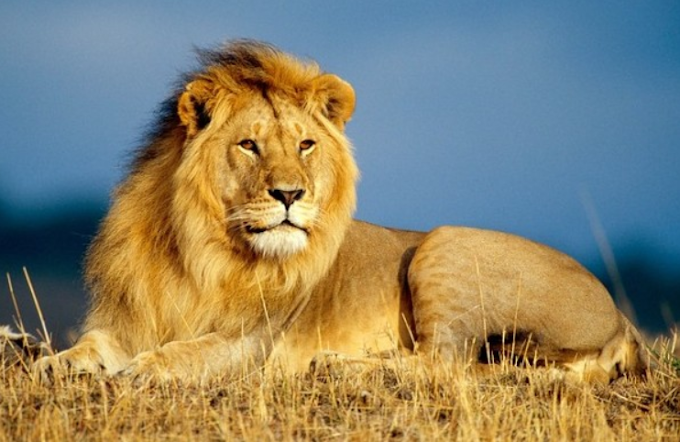The sight of all the birds in the hunting party is very sharp, and the eagle, the king of the birds, can see from one and a half miles to the prey. Eyes are very large and the eyelid is used to keep the eyes moist and protect the eyes. The nesting and nesting patterns of all these hunting birds vary. In all these parties, the male and female look alike. In some species the female is larger in size. The vultures lay eggs in others' nests, stones, nests, and so on. The eagles' houses are covered with shrubs, leaves, cucumbers, coconut shells, insect repellent plants on the upper branches of the tree. The eagle often uses the old house as a dagger, without ever having to build a new nest.
The males are similar in appearance to the female. In some species the female is larger in size. This predator lays a female egg, the two eggs have a gap of about two to three days. Once all the eggs have been laid, the female will hatch, while the first egg is inserted into the ovary. Eggs hatch out in all the birds after 3-5 days. During this time there is little food for the female and male chicks. Birds of prey grow abundantly. The color changes when young and young. It gets darker. The tail of the fan allows the balance to fly while flying, and the tail can be changed when flying. Each finger has bent nails, which are made of fibrous protein and have strong claws. This is why eagles can easily pick up deer chicks. Although the beak is made of bone, the upper cover is made of keratin.
The eagles live alone or in pairs. Prefer to stay away from humankind. In the skies, they watch the eatery and peer into the bushes. They look like the claws of a flying hand. Without the flapping of a fan, it only crosses a large distance. The eagle species worldwide are divided into four regions. Snakes, eagles, fish eagles, harpy eagles and knit eagles… There are 3 species of eagles in the Indian subcontinent. There are varieties of eagles such as golden, pingot, shikhakari, mermaid, hill, kripan, dots, shahbaaz, serpent, lizard, ruler. You have a snake that looks like an eagle. Dots, dark eyes and pointed yellow beaks appear on all kinds of dry, dry forests. Likewise, the African fish eagle is a large bird with a white belly and bronze brown wings. It is larger in size than the female. Her wingspan is about two and a half meters and is found in Botswana, Namibia. Fish is the main diet. This species, which is a prey weight-bearing species, is another feature of the male species. The spouses do not change.
A bald eagle with its national icon was spotted in Alaska, USA. It lives in a very dense tree and the eagle can see the fish in the water from a hundred feet, it has such a sharp sight. It has a translucent screen over the eye. So it can be seen above the eye. Marshall Eagle is the eagle found in the grassland of Africa. This is a species of knit eagle. The black, gray, eye-catching bird keeps an eye on the bird. They eat snakes, birds, and wild cats.
The Battellere eagle is a medium-sized eagle. It is a national symbol of Zimbabwe with a very reddish beak body and shiny wings on top. It also appears in grassy pastures. The piglets are brown in color until fully grown. It eats prey and eats. But sometimes it eats the flesh of a dead animal. White belly marine eagle is the largest species found in Sri Lanka, Sri Lanka, Australia.
Tuck is known to be a hunting bird to an eagle. Takla eagle is the national bird of the United States from the 5th. The party has been protected in the United States. The eagle's wings are wide. Male and female are the same. These eagles are the closest to Canada and Alaska to the United States and northern Mexico. These eagles are widely found near open water and live where there is abundant food and dense vegetation. On July 8, 1979, the species was removed from the US Endangered Species list and added to the Endangered Species list. Found in most places in the United States, there are more than 3 species of eagles worldwide. The eagles travel at high speeds at an average rate of 30 miles per month. January 7 is observed as World Eagle Rescue Day.


0 Comments